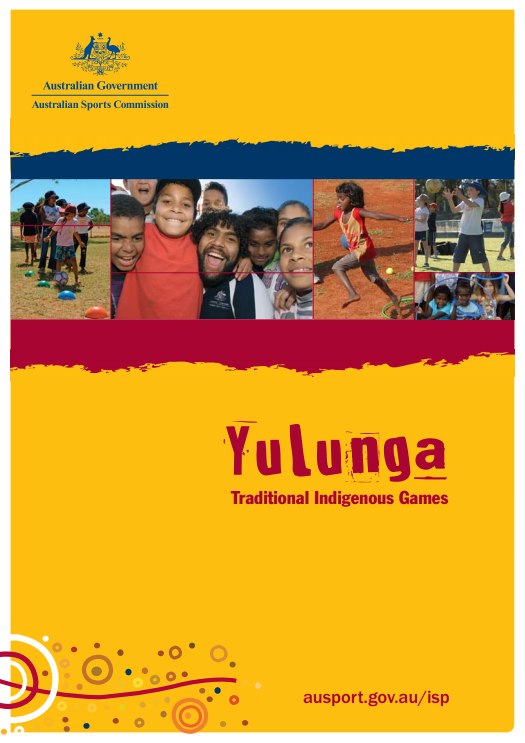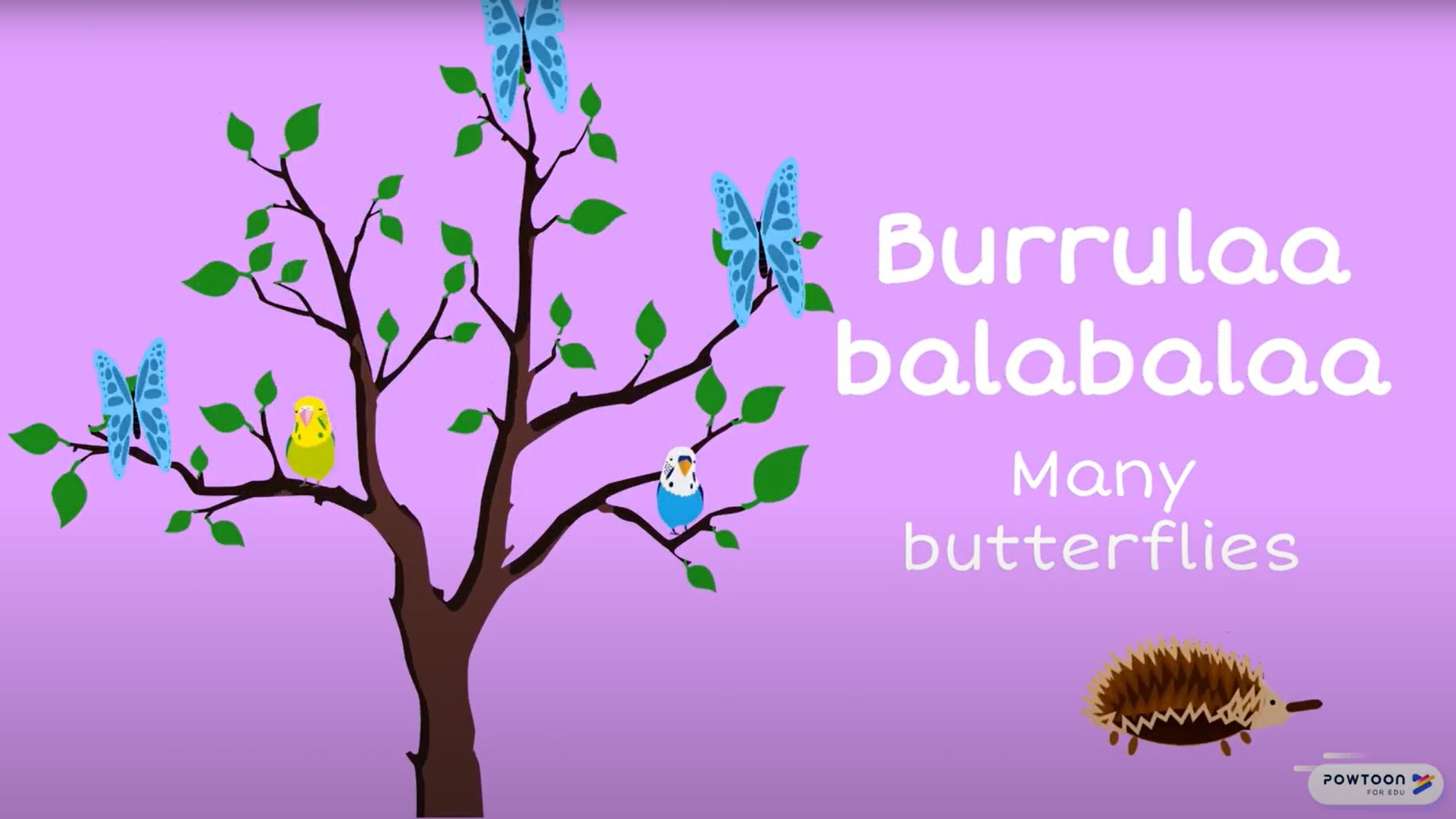- MUNCH & MOVE
- HEALTHY EATING
- PHYSICAL ACTIVITY
- SCREEN TIME
- POLICIES AND MONITORING
- PROFESSIONAL DEVELOPMENT
- NEWSLETTER AND SNIPPETS
- EMBEDDING ABORIGINAL PERSPECTIVES
- CONTACT US
Physical activity
On this page, you’ll find a variety of links for embedding Aboriginal perspectives in physical activity.
There are many ways to incorporate Aboriginal physical activity learning experiences into your program.
Yulunga: Traditional Indigenous Games
Yulunga: Traditional Indigenous Games is a selection of games and activities from Aboriginal and Torres Strait Islander nations. The games and activities provide an opportunity to learn about, appreciate and experience aspects of Aboriginal and Torres Strait Islander culture.
Click here for the entire book of the Yulunga: Traditional Indigenous Games, which will provide a background to each game and provide instructions on how to run the game. Yulunga: Traditional Indigenous Games were developed for children in Kinder to Year 12. They can be modified for preschoolers.

The Good for Kids team, via the Everybody Energiser Cards, modified eight games from the Yulunga: Traditional Indigenous Games. These games are listed below.
Koolchee Koolchee - ‘Kool-chee Kool-chee’
Aboriginal Music
Aboriginal music can be enjoyed by people of all ages, and it can be a fun avenue to embed Aboriginal perspectives in your program. You can ask Aboriginal children and families if they have any favourite singers, who may be Aboriginal or non-Aboriginal artists, and then incorporate them in your program.

Here are a few examples of songs that you can use and/or modify in your service.
- Use local language in songs that expect kids to move. Here is an example of Heads, Knees and Toes in Awabakal language, sung by Captain Starlight for NAIDOC in 2021.
- Sing everyday pre-school songs in local language and incorporate physical actions. The following is a resource from Speak Gamilaraay Twinkle, Twinkle Little Star. Physical movement can be easily incorporated.
- Use songs made in language and add physical acidities. For example, Speak Gamilaraay’s Burrulaa Balabalaa (Many Butterflies), can easily engage children in physical activities by getting them to act or make actions like the animals in the song.
Acknowledgement of Country
An Acknowledgement of Country shows respect to Aboriginal people, the Custodians of the land on which we live, work and play.
You can incorporate an Acknowledgement of Country in your service. We have provided an example which uses gestures, and as such incorporates physical activity.
Feel free to use the example or work with local Aboriginal people to create your own.


